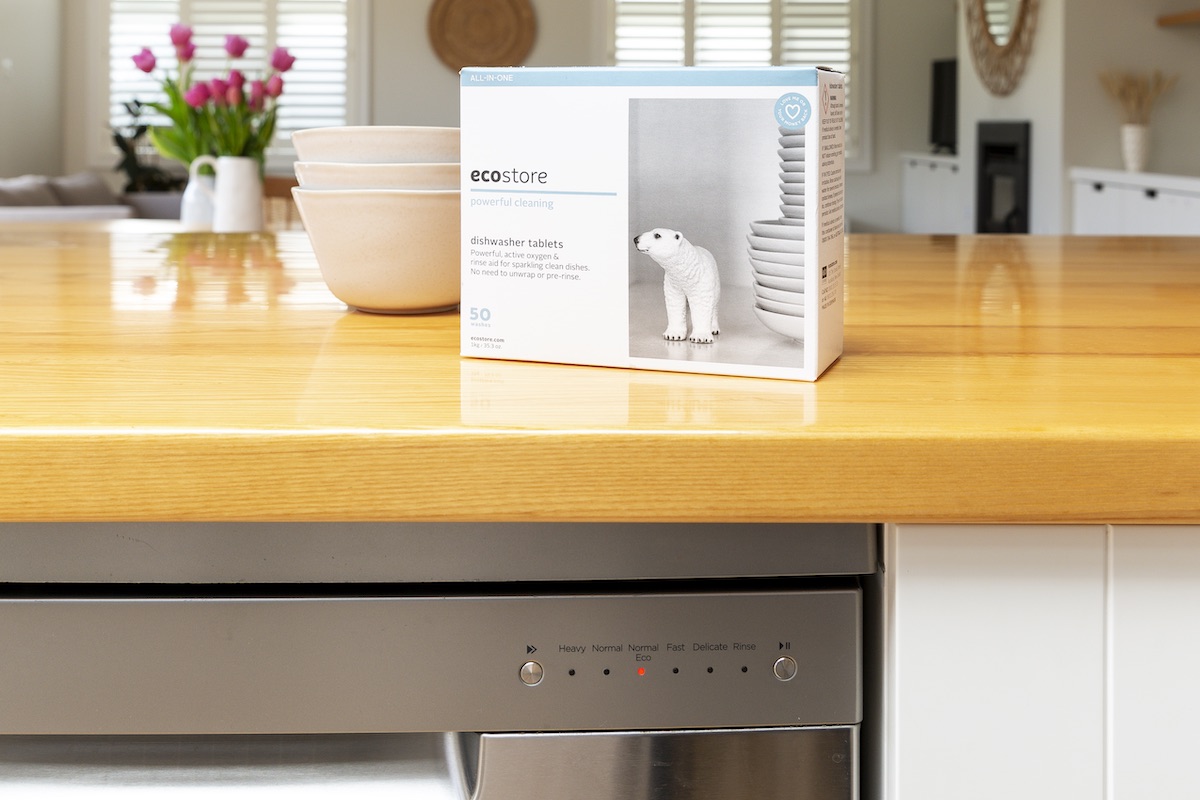
In this article we're focusing on what to consider when you buy kitchen and laundry appliances like fridge/freezers, dishwashers, washing machines and dryers.
When one of these older appliances needs replacing and you can dispose of it in an environmentally responsible way, that's a good time to capitalise on the efficiency gains of newer models.
Fridge/freezers
The Smarter Homes website tells us that fridges and freezers account for around 10% of an average household's electricity bill, and that we can make 2-3 times the cost saving using newer, more efficient fridge/freezers. Size is an important purchase consideration - you don't need a model that's too big for the number of people in your household, or the amount of food and drink you need to store, but if it's too small you might overfill it, meaning the fridge and freezer will use more power to keep cool. Also consider that features like water dispensers and ice makers, and auto defrosting, will cost more in energy use.
The good news these days is fridges are far less likely to use harmful refridgerants like chlorofluorocarbons (CFCs), which contribute to ozone layer depletion. Newer refridgerants lower energy use and produce lower levels of greenhouse gas emissions.
Dishwashers
This is another appliance that needs to suit the size of your family - it's said many models have a single load capacity of 12 place settings. However, for households with smaller numbers of people, dish drawers can be a good option and they can wash around 7 place settings at a time. Try to choose a model that's also efficient in its water and energy use and one that has settings for an ‘eco' cycle, partial loads or a fast wash. According to the Smarter Homes website, an inefficient dishwasher will use about 23 litres of water per load, but really efficient models use between 6 and 7 litres, and even less on eco settings.
Washing machines
One of our first choices with washing machines is whether we buy a top loader or a front loader. Some of the potential benefits of top loaders is a faster wash cycle and possibly a lower initial purchase price, but front loaders may use less water alongside slower washing times. Economical water and energy use are important, and cold water settings go a long way to lowering the energy the machine uses to heat water. Washing on a warm cycle reportedly uses 10 times as much energy as a cold wash. Many newer models will automatically sense load sizes so water isn't overused. As with other appliances, the size of the machine is a factor. The most commonly used washing machine models are between 6.5kg and 8kg.
Clothes dryers
The biggest cost after the initial purchase of a dryer is the electricity it uses, so as well as choosing between types of dryers you might think about whether you need one or can use indoor airers instead. If you choose to get a dryer, models with an auto sensing feature will prevent over drying and using more electricity than needed. Most models also have timers to help prevent over drying.
There are some factors in common across all these appliance choices - the up front cost and the ongoing running costs; the energy rating; and longevity.
Surveying models and prices online is a good way to find out what suits your budget, then you can use the Energywise website running costs calculator https://www.energywise.govt.nz/tools/running-costs-calculator/#/ to work out ongoing costs. It calculates annual running costs at a power cost of 26c per kilowatt hour.
It's also worth noting that cheaper models may not last as long, we spending a bit more could be worth the long term investment.

